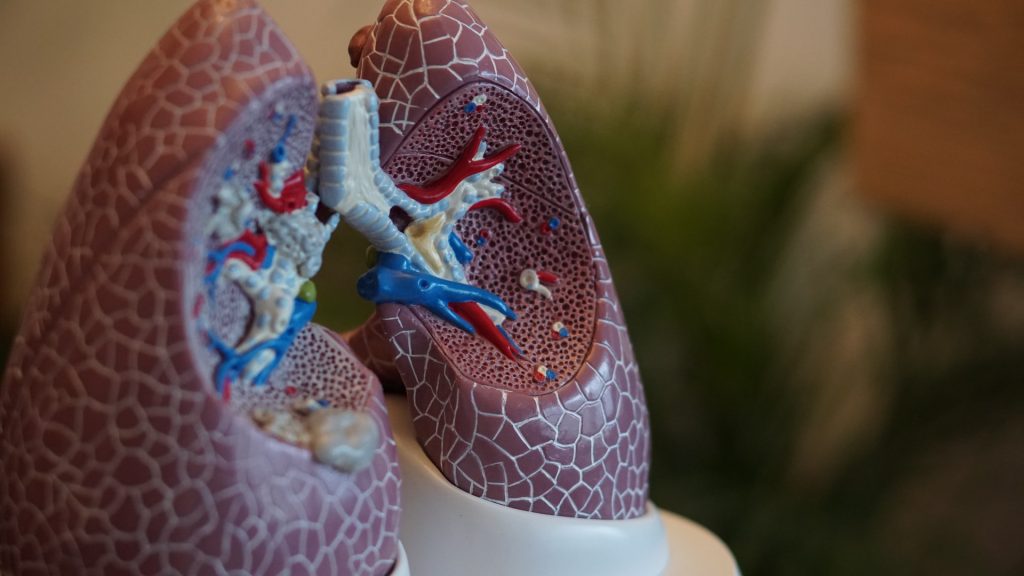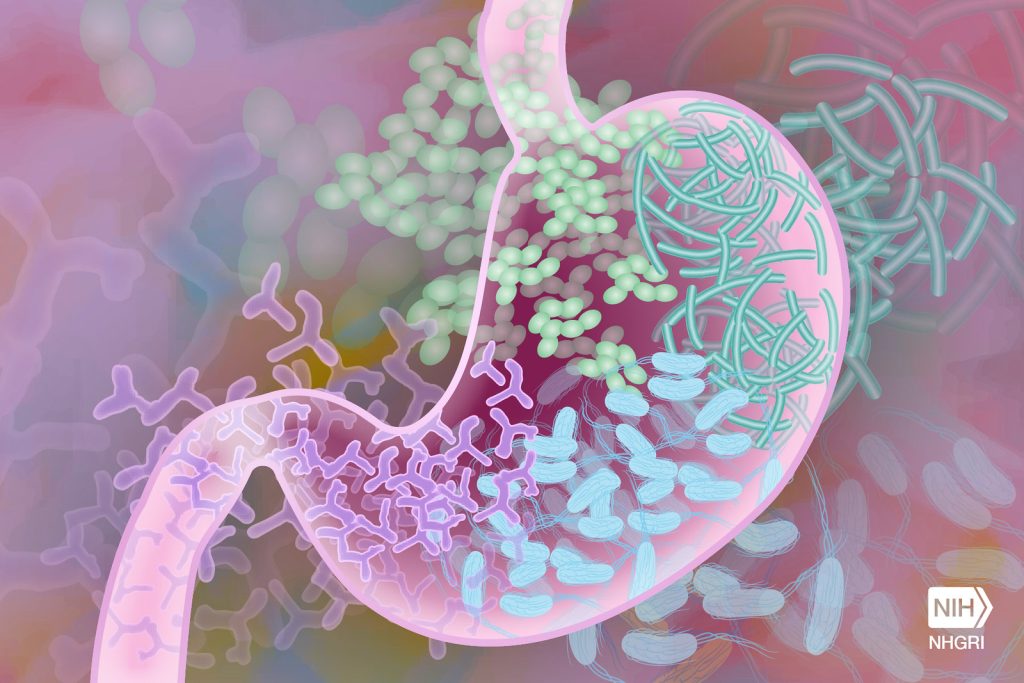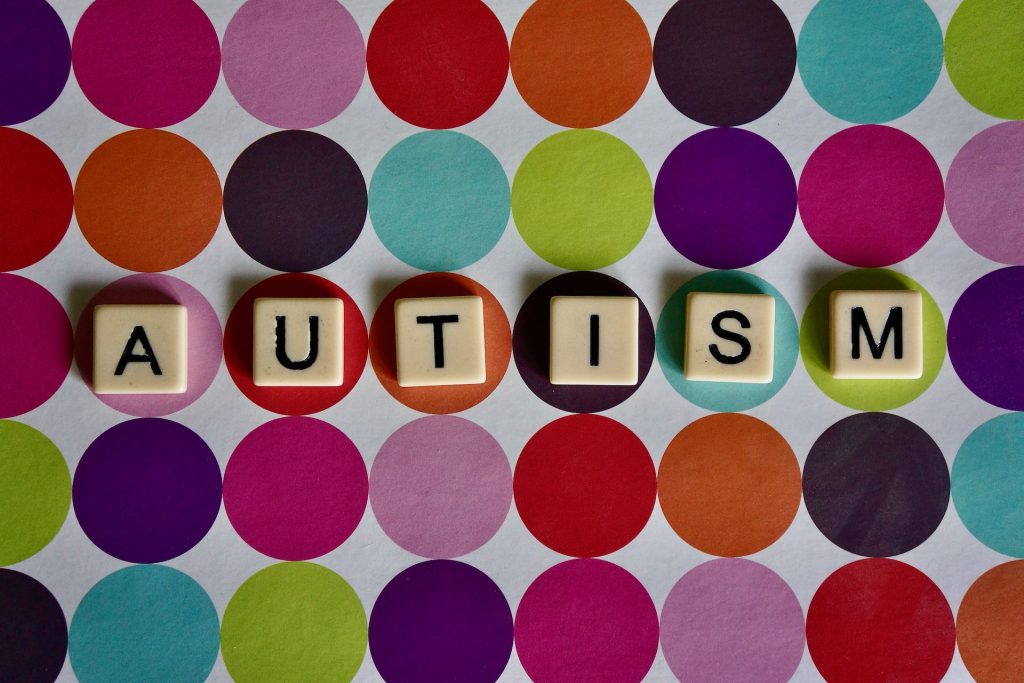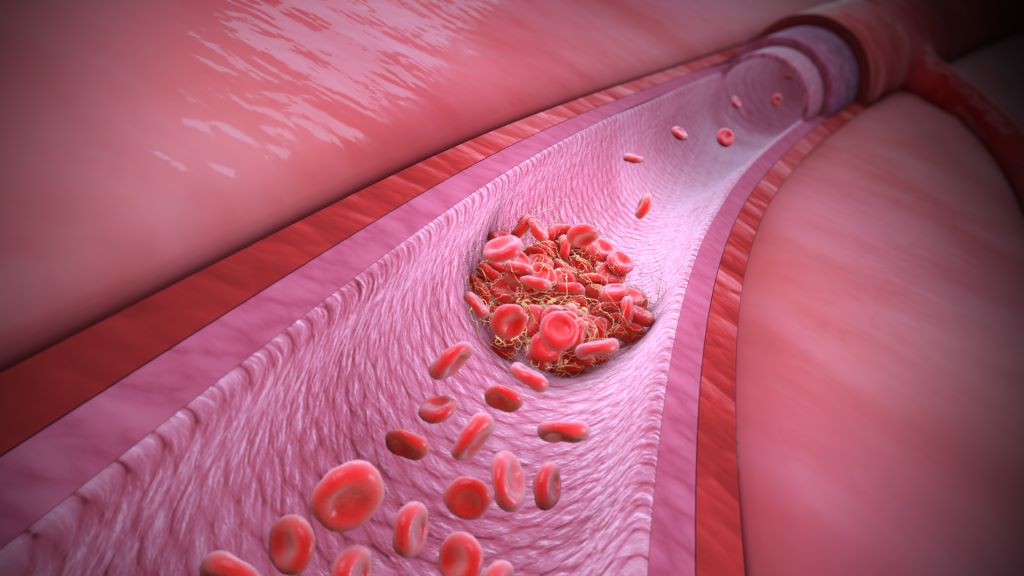Three Quarters of People Who Have Taken Antidepressants Say They Were Helpful

About 75% of a sample of nearly 20 000 people who have taken selective serotonin reuptake inhibitors (SSRIs) report they found them helpful, according to new research from the Institute of Psychiatry, Psychology & Neuroscience (IoPPN) at King’s College London.
Published in Psychological Medicine, the study explored different factors that could explain why SSRIs work for some people with major depressive disorder, but not others.
Researchers analysed data from UK Biobank on 19 516 participants who had tried at least one SSRI, such as citalopram, fluoxetine, paroxetine or sertraline, for at least two weeks. Participants reported whether the SSRI helped them “feel better” using a single item questionnaire with possible responses “yes, at least a little”, “no”, “do not know”, or “prefer not to answer”. This is the first detailed analysis of this large-scale study which assesses SSRIs using self-reported experiences rather than clinician-reported remission from symptoms.
Overall, 74.9% felt SSRIs helped them feel better. 18.8% said the prescribed drug was not helpful.
Using a range of data collected by UK Biobank, the study analysed what factors might influence whether people found SSRIs helpful.
It found that sociodemographic factors such as age, gender and household income were linked to differences in how people perceived the effectiveness of SSRIs. Those participants who were older, male, had lower incomes, and reported alcohol or illicit drug use were more likely to say that they did not find antidepressants helpful.
Participants who had experienced no mood improvement even when positive events occurred or whose worst episode of depression lasted more than two years, were also less likely to report that SSRIs were helpful. Lastly those who had a greater genetic risk for depression, calculated using polygenic risk scores, were less likely to report that SSRIs were helpful.
The use of antidepressants, and the rate at which they are prescribed in the UK, has been the source of much debate both in the public and media. While antidepressants don’t work for every user, this research provides reassuring evidence that many people report that this common type of medication is helping them manage what can be a severe illness.
Dr Michelle Kamp, Postdoctoral Research Associate at King’s IoPPN and first author on the study
We know that not all people respond to antidepressants prescribed, but most studies have focussed on clinician’s perspectives of response. Using participant reports, we found a strong support for antidepressants, with three quarters of people saying the drugs had helped them. The factors that make people more likely to respond to antidepressants mirror findings in clinical trials which use measures reported by clinicians. This suggests that patient-focussed responses can capture valuable insights into the effectiveness of antidepressants.
Professor Cathryn Lewis, Professor of Genetic Epidemiology & Statistics at King’s IoPPN and senior author on the study
Professor Andrew McIntosh, Professor of Biological Psychiatry at the University of Edinburgh’s Centre for Clinical Brain Sciences and co-investigator on the study, said: “The findings from this large study show that nearly three-quarters of people in UK Biobank who were treated with antidepressants found them helpful. There is already excellent evidence from clinical trials that antidepressants work for people with depression. However those studies focus on addressing only whether they are more effective than placebos, and not why they are more effective in some people than others. We must now focus on developing a better understanding of how antidepressants work and how we can predict which people are most likely to benefit from these treatments.”
The study offers key insights into antidepressant response, however the sample may not fully represent the general population and reliance on retrospective self-reports can lead to inaccurate recollection.
Source: King’s College London










